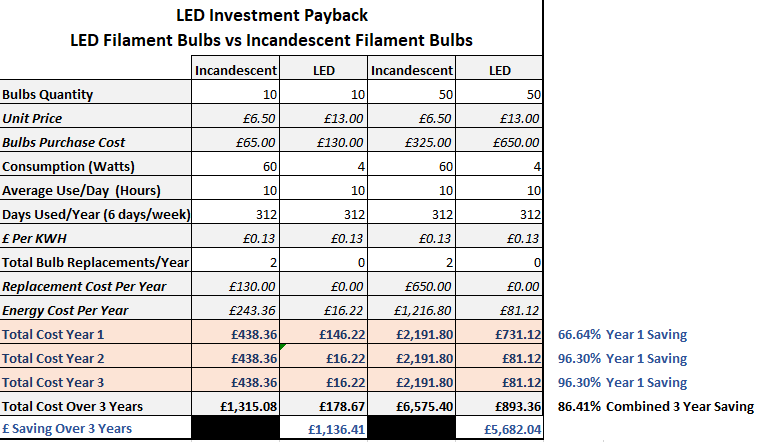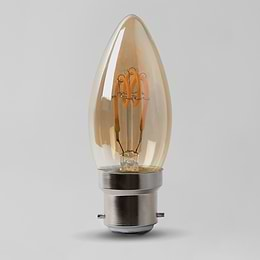LED Lighting Helping to Reduce The UK’s Carbon Footprint
LED Lighting Helping to Reduce The UK’s Carbon Footprint
 Reducing the carbon footprint of the UK and the rest of the world is a big talking point at the moment, with many focusing on cleaner energy like wind and solar, but the LED light bulb is quietly playing a far bigger role than many would expect. One household switching to LED bulbs may not make a huge contribution to cutting carbon emissions. But if millions of us choose to make the switch, it will make a significant dent in energy demands.
Reducing the carbon footprint of the UK and the rest of the world is a big talking point at the moment, with many focusing on cleaner energy like wind and solar, but the LED light bulb is quietly playing a far bigger role than many would expect. One household switching to LED bulbs may not make a huge contribution to cutting carbon emissions. But if millions of us choose to make the switch, it will make a significant dent in energy demands.
Reduce Carbon Footprint
According to studies, reported by the BBC, making products more energy efficient makes a positive impact in cutting CO2 emissions and, along with other factors has been more effective than renewable energy.
Whilst renewable energy has featured in far more headlines, the benefits of energy efficiency, including LED lighting are often ignored. This is according to an analysis of government figures on the environmental analysis website Carbon Brief.
According to analysis, provisional calculations show that in the UK, electrical generation per person is now back down to the level of 1984, having been at an all time high around 2005, with EU product standards on appliances such as vacuum cleaners, fridges and light bulbs playing a substantial part in the reduction of energy demand.
The report shows that the use of renewables reduced fossil fuel energy by the equivalent of 95 terawatt hours (TWh) between 2005 and now but energy efficiency has cut energy demand by 103 TWh.
Other environmental benefits of LED lighting
As well as saving on energy, an article on the environmental benefits of LED by SEPCO-Solar Lighting explains that there are ways in which LED can be environmentally beneficial. The article states that many office strip lights contain chemicals such as mercury. LED bulbs have far less of a negative impact on the environment when disposed of.
LED light bulbs also last much longer on average than traditional incandescent bulbs. Replacements need to be purchased far less often, so fewer bulbs are needed to be produced.
What does this mean for you?
The short answer is that there is a bigger picture: a bigger reason to switch to LED light bulbs. For the individual household, LED can save money on energy bills over time. The long-life properties of the bulbs mean replacements don’t need to be purchased so often, but as we all look to reduce our carbon footprint, the analysis by Carbon Brief shows that if we all switch to LED and other energy-efficient products, we can make a significant change to our energy consumption across the country and the world.
As we switch to more energy-efficient products, it can also offset the rise in energy prices. This means that whilst prices rise, our bills often go down.
Many believe energy efficiency standards should be pushed up across other products including cars, computers and planes too. But as we all use lighting in our homes and businesses, switching to LED is a fairly straightforward and quick step to take.
How much money can you save with LED light bulbs?
Once you have made the initial investment, you can enjoy the energy saving and long life benefits of LED technology. You can save 86% of your lighting costs over 3 years. The table below illustrates the saving that can be achieved for both homeowners and businesses by switching to LED lighting.

If you need any extra advice, be sure to read our guide to light bulb shapes and our guide to lumens. With the latest in LED technology, you no longer need to choose between efficiency and looks and LED has evolved, meaning you can buy beautiful Edison style bulbs with LED filaments.







